|
Speech is complex. When we look into the features of speaking we realize how much information we need to know, and how many precise coordinated movements we need to make when we speak. What’s especially amazing is that many of us learn to speak seamlessly with seemingly little effort.
For those of us who have children who are working to develop their speech, or for those of us who work with children with speech delay, it can be helpful to dive into specifics. In this blog post I will be explaining the properties of phonemes. A phoneme is a speech sound. As a Speech-Language Pathologist, I consider several important phoneme properties when I’m analyzing a child’s speech. Here are the top three: place of articulation, manner of articulation, and voicing. Place of articulation can be taken quite literally. It means where in the mouth the phoneme is made. So is the sound made with the lips? Is the sound made primarily with the tongue? And if so, where in the mouth is the tongue touching, or closest to? Here is a list of phonemes according to place of articulation with examples. It can be helpful to say each sound (no letter names) and be aware of where the sound is being made. Consonant sounds are classified by the following place of articulation. Bilabial – sound made with the 2 lips - /b, p, m/ Labiodental – sound made with the lower lip and upper teeth - /f, v/ Alveolar – sound made with the tongue touching or closest to the alveolar ridge (the bump behind the top teeth) - /t, d, s, z, n/ Palatal – sound made with the tongue closest to the hard palate - /sh, ge/ Velar – sound made with the tongue closest to the soft palate or velum - /k, g, ng/ Manner of articulation means how the sound is made. The most basic classification of manner of articulation is whether the sound is a plosive or a continuant sound. A plosive sound is made when the articulators come together and stop the flow of air out of the mouth, and then burst open, or explode to make the sound. Some examples of plosive sounds are /p, b, t, d, k, g/. You cannot hold a plosive sound. Once the sound bursts forth, it is gone. Alternatively, a continuant phoneme is made with the articulators narrowed, but not completely closed. So a stream of air can continue to produce the sound as long as there is outgoing breath. Some examples of continuant sounds are all the vowels, and many consonants such as /s, z, f, v,sh/. Voicing refers to whether or not the vocal folds are vibrating during the production of a phoneme. Voiceless consonants are made with the vocal folds open, allowing unobstructed passage of air from the lungs and through the layrnx. An example of a voiceless sound is /s/. Voiced sounds are made with the vocal folds vibrating very rapidly, which produces a source of sound at the level of the larynx (or voicebox). An example of a voiced sound is /z/. You can test this out yourself by gently placing your hand over your larynx while saying /s/ and then /z/, and noticing the lack of vibration for /s/ and the vibration for /z/. The interesting thing about voicing is that only some of the consonants are voiceless. Many of the consonants and all of the vowels are voiced. Also, every voiceless consonant has a matching voiced counterpart. In voiceless-voiced consonant pairs, the same thing is happening in the mouth; the sound only changes by either turning on or off the vocal fold vibration. Thinking of /s/ and /z/ - they are made the same way in the mouth. But /s/ has unobstructed passage of air through the larynx (voiceless), whereas /z/ is made with the vocal folds vibrating. Combining classifications Individual phonemes are classified according to all of the above characteristics or features. So we would say /b/ is a voiced bilabial plosive. We would say /s/ is a voiceless alveolar continuant. SLP analysis When a SLP analyzes a child’s speech, he/she looks at all the above properties, and notes how the child says each sound. Is the sound omitted completely, or only in certain positions in words? Is one sound substituted for another sound? If so, what kind of substitutions does the child make? For example, are all the voiceless consonants voiced? It is helpful for parents and educators to understand these basics of speech sound properties to help you understand the speech sound goals your SLP has chosen. You will also be better equipped to understand what your SLP has asked you to focus on during speech sound practice.
0 Comments
Leave a Reply. |
For a powerful resource to help your child speak
AuthorJill Hicks is the mother of a child with Down syndrome and a speech-language pathologist. Her passion is to empower others to help people with Down syndrome. WhArticles
|

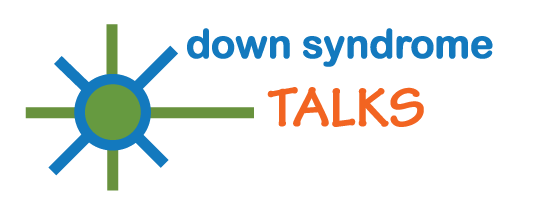
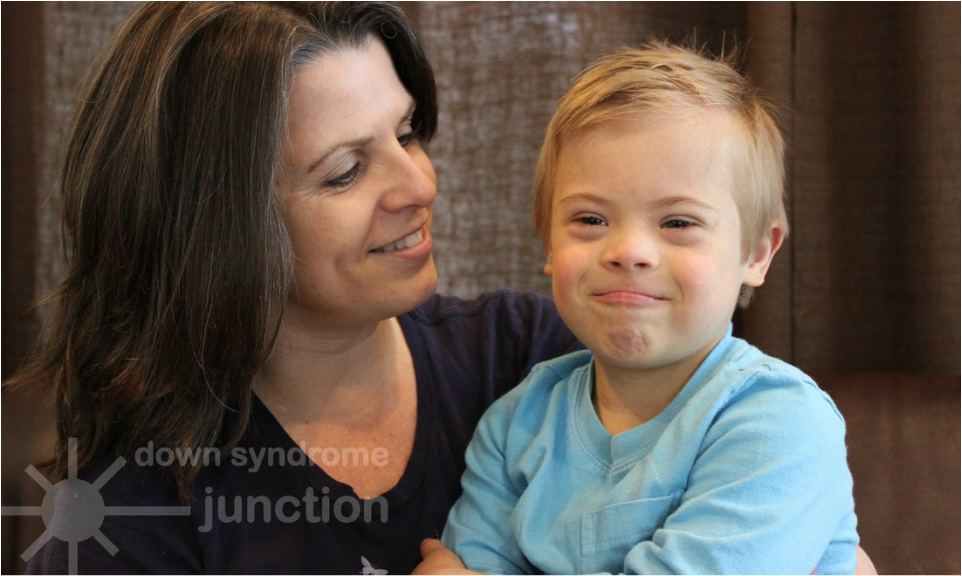
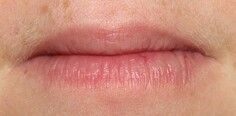
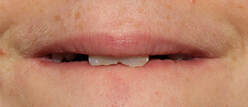
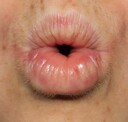
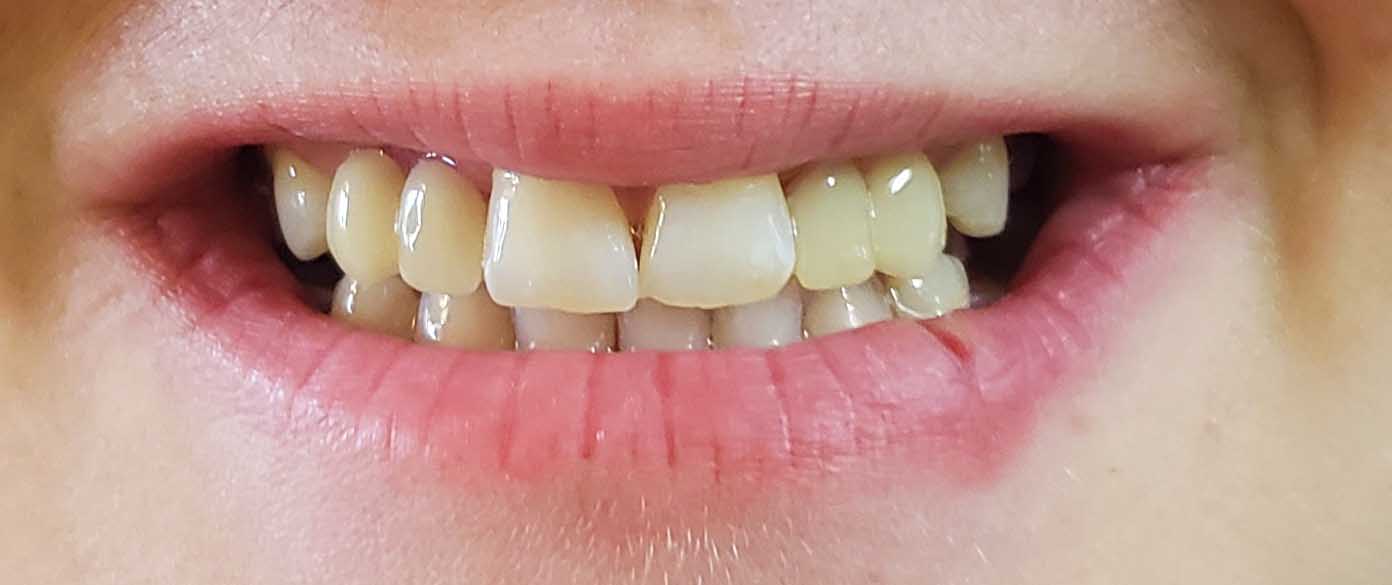
 RSS Feed
RSS Feed
